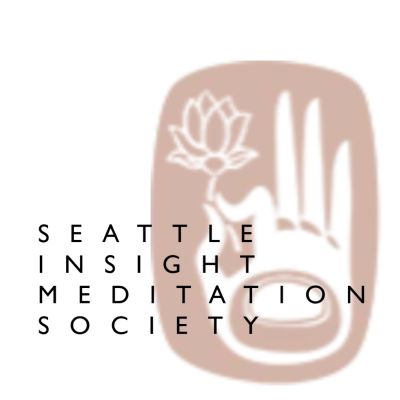Audio recordings of Buddhist teachings and discussions with local and visiting teachers of the Dhamma. Visit seattleinsight.org for more information.
https://seattleinsight.org/series/seattle-insight-meditation-society/
Continua of Practice: From Science to Art
For science to be valid, the results must be replicable trial after trial. The techniques we use to accomplish the unvarying outcomes then become the mechanistic way toward similar findings in the future. Dharma practice begins mechanically for most of us. We have heard that if we do such and such, this outcome can be expected. For example, if we follow the breath, over time, we can expect that our ability to focus our attention will improve. And it does. There are entire models of spiritual progress based upon the repetition of results from many students over many years. An example of such a system is the Progression of Insight authored by Mahasi Sayadaw. I personally practiced that system for the first few years, and can verify that the progressive account in the texts is fully experienceable. The problem is that it left a mechanical imprint on my methodology. If I had a problem, instead of exploring and understanding the difficulty I applied an alternative solution, noticing it and moving on. Since anything mechanical requires an operator, I was left in charge of my practice. A number of insights resulted but most were induced by maintaining a high level of focused samadhi. When I was off the cushion, that level of samadhi waned, so I waited until I was back on the cushion to offer my full-hearted intention toward further insights. It soon dawned on me that the problem was with my methodology and assumptions, and the Dharma was more art than science. There is no one size that fits all in Dharma practice and no model that replicates the softness of heart necessary for spiritual fulfillment. Tenderness and sensitivity are not produced by constant training but are the results of being open and affected by the whole range of experiences over time. Being vulnerable in the face of pain is not a training, but a letting go. We have to pursue the questions that resonate the deepest, the most personal longings, the timing that is ours alone, and the speed and duration that is unforced and unhurried. We cannot quicken our learning or our embrace of life any more than we can hasten love. The foundation of practice established through the mechanics of science is the beginning of the beginning of the Dharma. It is like buying all the right equipment to hike a trail. The equipment is not the hike. It sets us up for the hike, but the trail has yet to be traversed. The trail of the Dharma is the path of the heart, of vulnerability, learning, receiving, and opening. That is not a training in science but an opening to the art of living in the present where there are no set rules of order, no road map for awakening, and no certainty of progression. The mechanics make us feel as if we are doing something advantageous, and for a short while they do, but ultimately we must release the science to discover our true path. This talk is also presented in video here: http://seattleinsight.org/Talks/Talk/TalkID/841
